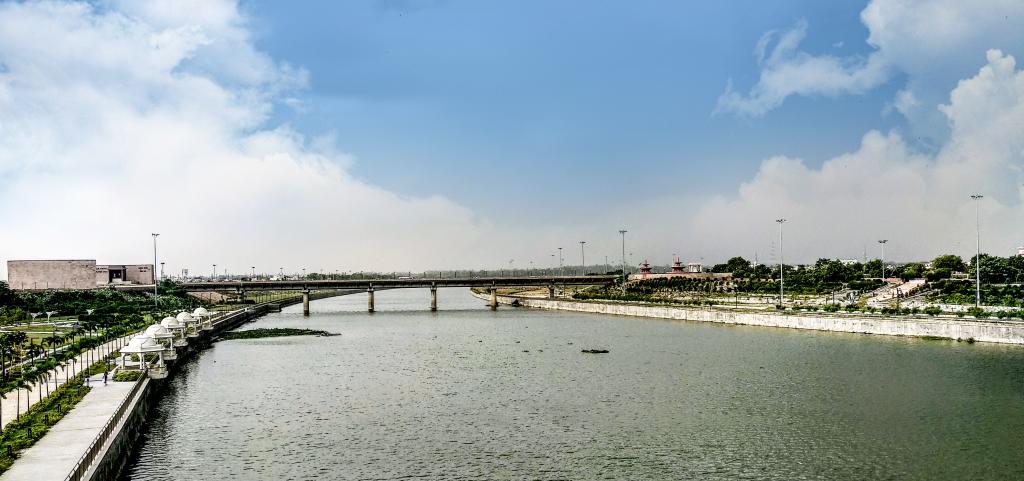Why in News?
Water experts and river rights activists have criticized a government order (GO) issued by the irrigation department of the Uttar Pradesh government on September 3, 2020 which declared the Gomti river as a non-perennial river
About the Order
The irrigation department of the Uttar Pradesh government issued a government order (GO) three years ago on September 3, 2020, designating the Gomti as a non-perennial river as part of the floodplain zoning for 12 rivers, including the Gomti. However, the order did not include a specific timeframe for its implementation.
Details of the order
- According to the order, being a non-perennial river, the Gomti cannot maintain e-flow (environmental flow) consistently throughout the year, and there is no surplus water available to enhance the flow.
- A 50-meter area on both riverbanks is designated as a no-construction zone.
- The order issued a directive to the Uttar Pradesh government, instructing them to halt all construction activities within a 100-meter distance from the riverbanks.
Gomti River
- Gomti, an alluvial river of the Ganga Plain, serves as a tributary to the Ganga river. Its origin can be traced back to Gomat Taala lake, also known as Fulhar Jheel, situated near Mainkot in Madhotanda, approximately 30 kilometers away from Pilibhit town in Uttar Pradesh.
- The river flows through several regions, including Sitapur, Lucknow, Barabanki, Sultanpur, and Jaunpur, before eventually merging with the Ganga at Kaithi in the Ghazipur district.
- The river stretches a total length of approximately 960 kilometers and plays a vital role in supplying around 450 million liters of water per day to the city of Lucknow.
Perennial and Non-perennial rivers
- Perennial rivers, are rivers which maintain a continuous flow of water throughout the year, like the Himalayan Rivers in India, such as the Ganga and Brahmaputra. These rivers are sustained by both rainwater and the melting of glaciers.
- On the other hand, non-perennial rivers, like the Godavari and Krishna, experience periods without water flow throughout the year. The primary reason for their non-perennial nature is that they do not originate from glacial regions like the Ganga, Yamuna, and Indus.
Pollution in Gomti River
- Recently, the pollution level in the Gomti river has deteriorated significantly. According to a report by the Central Pollution Control Board (CPCB), it ranks as the fifth most polluted river in the country. The alarming decline in dissolved oxygen levels has reached as low as one milligram per liter (mg/l), which falls significantly below the minimum requirement of four to six mg/l necessary to sustain aquatic life.
- The pollution in the Gomti river can be attributed to various factors, including the discharge of untreated sewage, industrial effluents, and domestic wastes, along with the encroachment of floodplains. This combination of factors has resulted in the tragic loss of numerous fish along the course of the Gomti river.
Key takeaways for competitive examinations
- The Gomti river is a tributary of: Ganga River




 Which Indian City is Known as the Footwe...
Which Indian City is Known as the Footwe...
 Which Desert is known as the Cold Desert...
Which Desert is known as the Cold Desert...
 Top-10 News Media Companies in the World...
Top-10 News Media Companies in the World...







